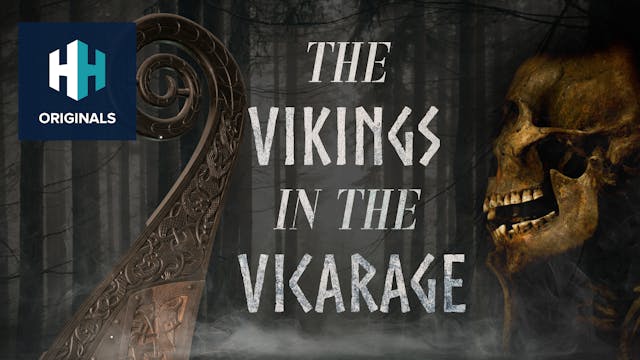At noon on 10 April 1912, crowds gathered at Southampton to watch the maiden voyage of the World's largest ship RMS Titanic. A sleek, modern luxurious liner that was offering a safe and fast crossing of the Atlantic Ocean. Titanic was said to be invincible. She cruised down Southampton waters on her maiden voyage to North America, watched by large crowds. But she would never reach New York. Barely 5 days after leaving Southampton she was gone, swallowed up by the Atlantic after striking an iceberg. The maritime disaster that struck Titanic has made her the most famous ship in history, with many myths emerging about what happened that fateful night on 14/15 April. Dan Snow visits Titanic expert Tim Maltin to sort the fact from the fiction about the ship’s final hours.
Up Next in Digging up History
-
Pompeii: The Discovery
Dan Snow tells the incredible story of how Pompeii was discovered.
-
The Vikings in the Vicarage
The Viking dig in the grounds of St Wystan Church in Repton is one of the most important Viking sites of modern times. Recently new research has brought to light new information which further elevates the significance of the site and redefines our knowledge of the Great Heathen Army. The Great He...
-
Great Excavations! Digging Charles Di...
Sir Tony Robinson comes to History Hit to present a special film about a remarkable excavation in central London, the workhouse that inspired Charles Dickens to write his famous novel, “Oliver Twist”.
In the middle of the capital, archaeologists are digging deep to find out more about the lives ...




3 Comments